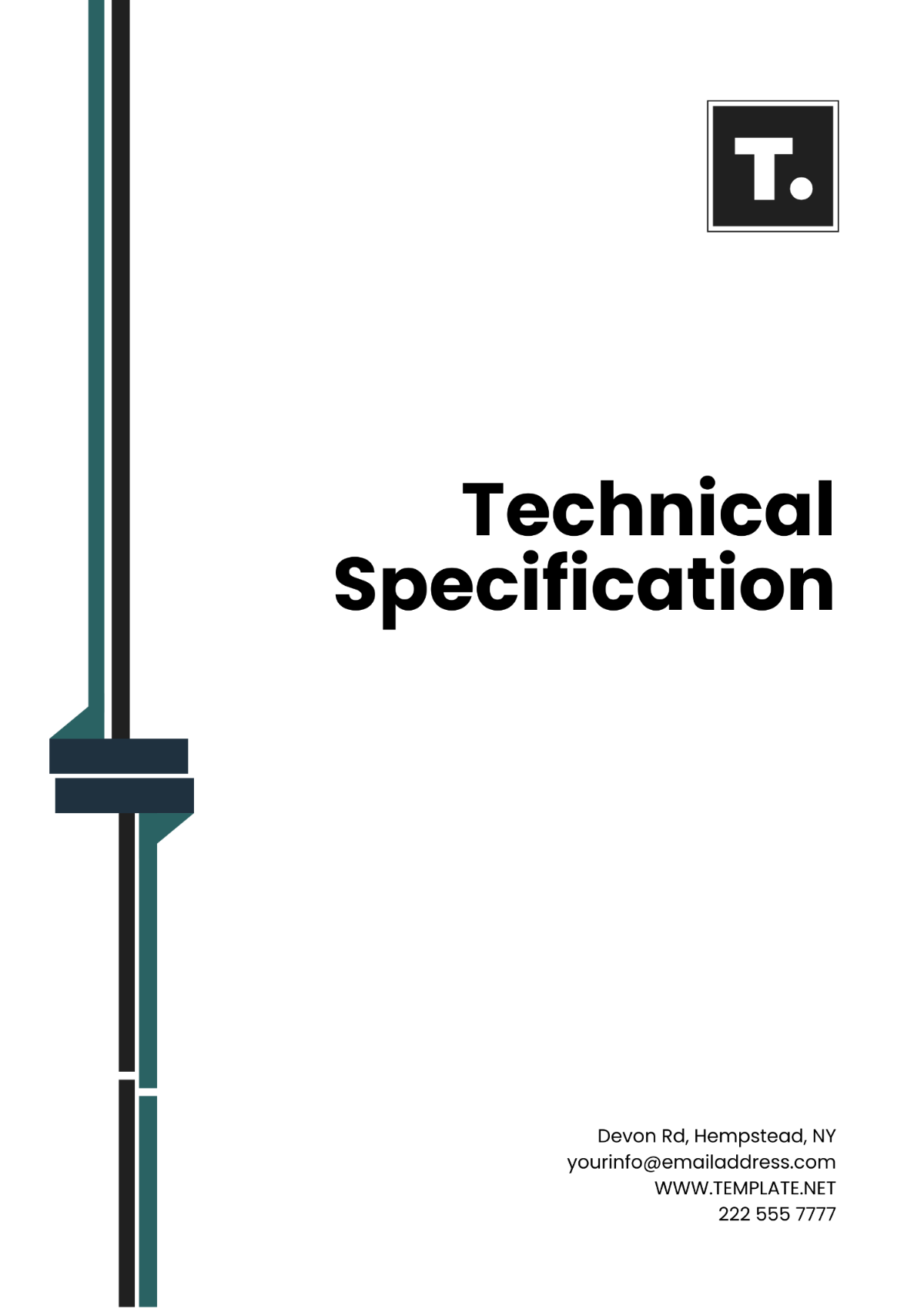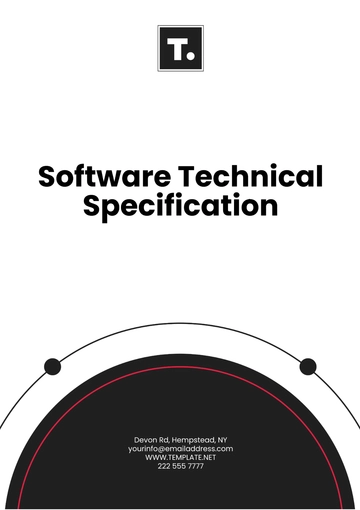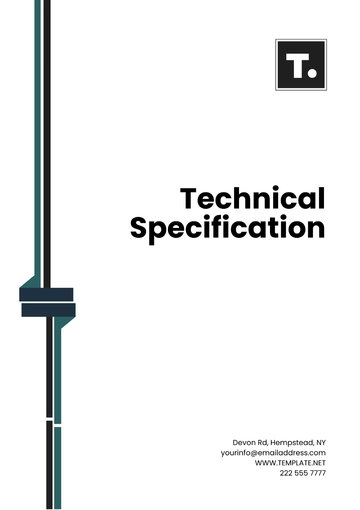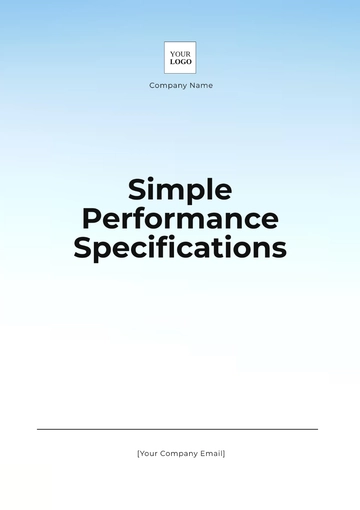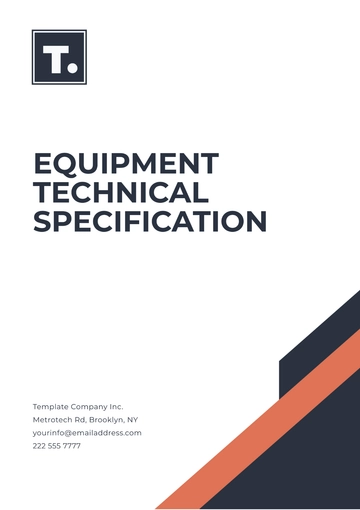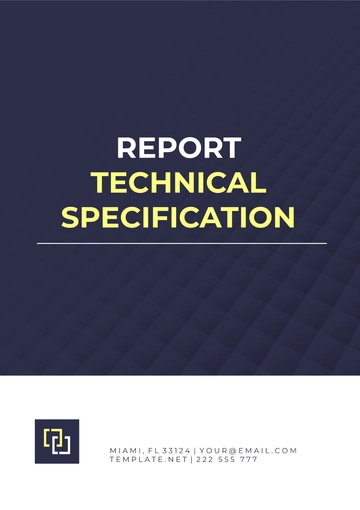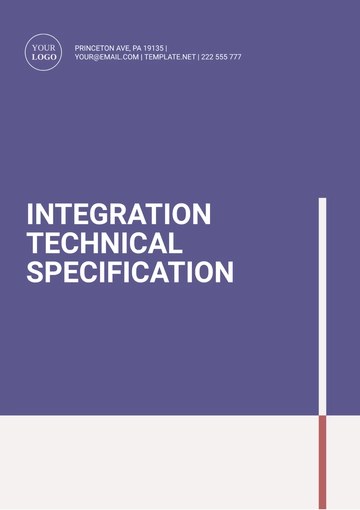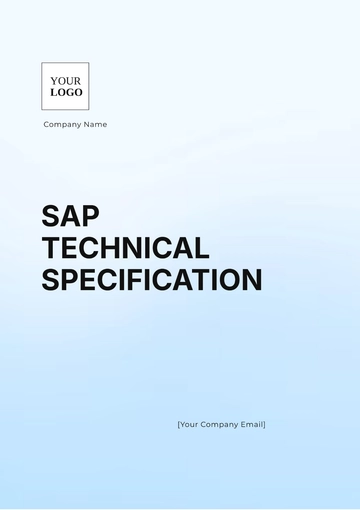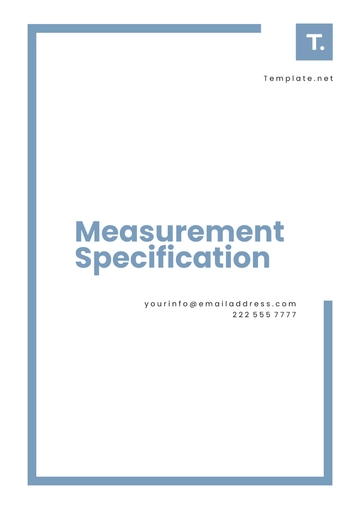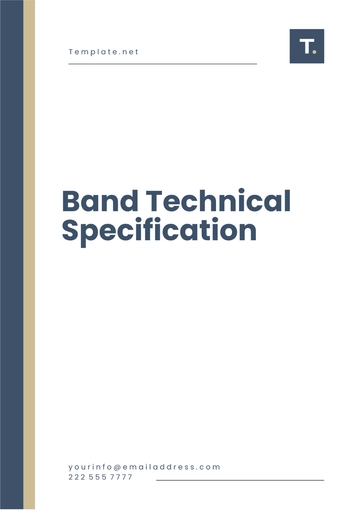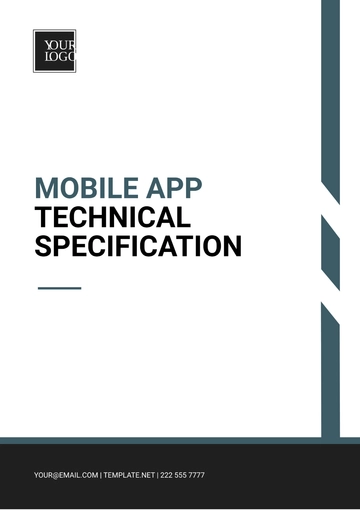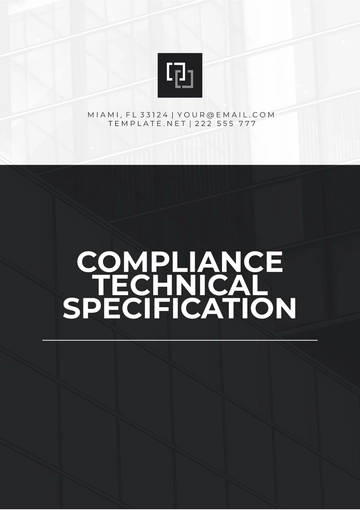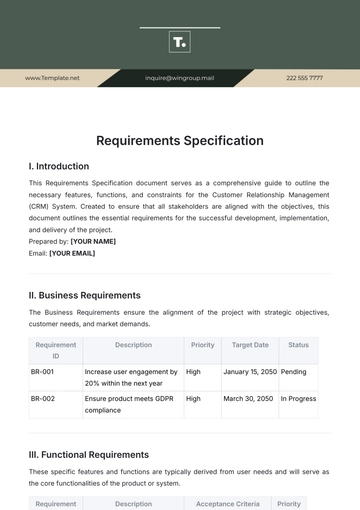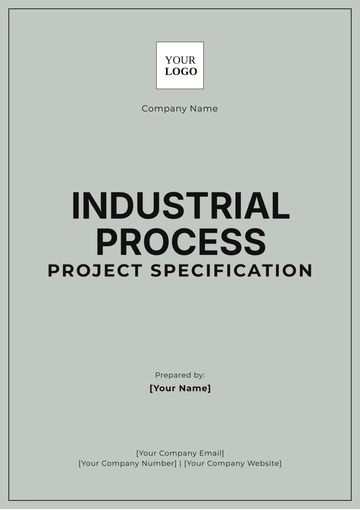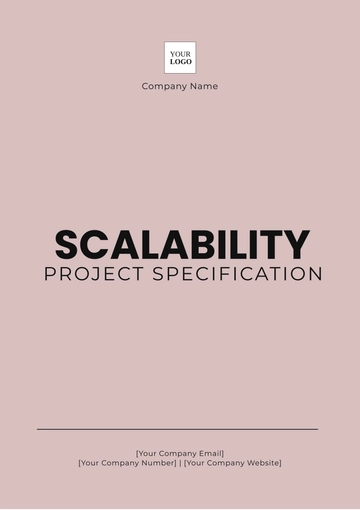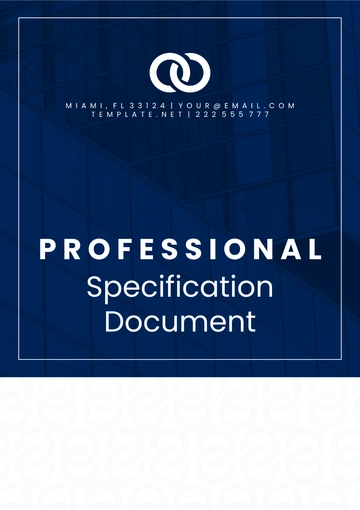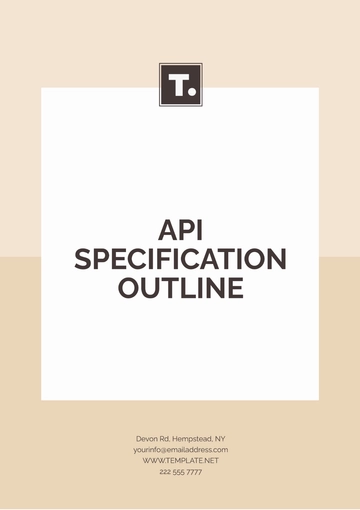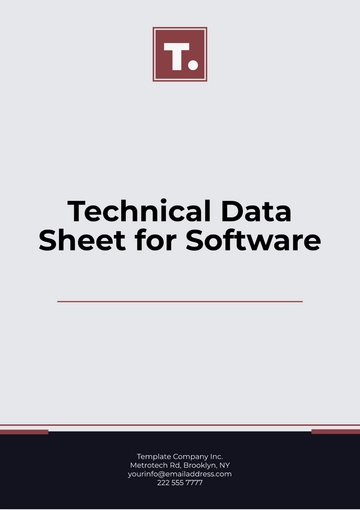Technical Specification
Prepared by: [YOUR NAME]
1. Introduction
This technical specification outlines the requirements, functionalities, and design for the AI-Powered Predictive Analytics Platform (AIPAP). The platform is designed to provide predictive insights into customer behavior, sales trends, and operational efficiency, using AI-driven algorithms to process vast amounts of data in real time. It is intended for use in large enterprises seeking to enhance decision-making capabilities with advanced analytics.
1.1 Purpose
The purpose of this document is to define the technical specifications of the AI-Powered Predictive Analytics Platform, including hardware, software, and functional requirements. It serves as a blueprint for developers, engineers, and stakeholders in designing, implementing, and maintaining the platform, ensuring it remains relevant through 2060.
1.2 Scope
This specification covers all aspects of the AIPAP system, including architecture, hardware requirements, software components, data management, security protocols, and testing methodologies. Out-of-scope items, such as third-party integrations not initially planned, are listed in a separate section.
1.3 Definitions and Acronyms
AI: Artificial Intelligence
ML: Machine Learning
API: Application Programming Interface
UI: User Interface
DBMS: Database Management System
KPI: Key Performance Indicators
SLA: Service Level Agreement
2. System Overview
2.1 System Description
The AI-Powered Predictive Analytics Platform is a cloud-based solution built to analyze massive datasets and provide real-time predictions for business insights. The platform uses a combination of machine learning algorithms, big data processing, and cloud scalability to ensure high performance and reliability.
2.2 Assumptions
The platform will operate in a hybrid cloud environment.
End-users will interact with the platform via a web-based UI and mobile application.
The platform will be updated frequently to incorporate new ML models without disrupting service.
2.3 Dependencies
Cloud Providers: Amazon Web Services (AWS), Microsoft Azure
Third-Party Tools: Integration with Google Analytics, Salesforce, and Tableau for data reporting and visualizations
Programming Frameworks: TensorFlow, Scikit-learn
3. Functional Requirements
3.1 User Management
3.2 Data Ingestion
FR-003: The platform must support data ingestion from various sources, including relational databases (e.g., MySQL, PostgreSQL), NoSQL databases (e.g., MongoDB), and external APIs (e.g., social media and CRM systems).
3.3 AI and Machine Learning
3.4 Reporting and Dashboards
4. System Architecture
4.1 High-Level Design
The architecture of the AIPAP system follows a microservices approach, enabling independent deployment and scaling of components. The platform includes a central AI engine, a data ingestion layer, and a user interface accessible via a web portal and mobile devices.
4.2 Modules
User Management Module: Handles user roles, permissions, and authentication (OAuth 2.0).
Data Ingestion Engine: Collects and processes data from various sources, including external APIs and databases.
AI and ML Engine: Provides machine learning model training, testing, and deployment capabilities.
Reporting Engine: Generates real-time and predictive reports for end-users.
4.3 Database
The system uses a hybrid database solution:
Primary Database: PostgreSQL for transactional data.
Secondary Database: Apache Cassandra for handling large-scale, distributed datasets.
5. Hardware Requirements
5.1 Minimum Hardware Specifications
5.2 Recommended Hardware
6. Software Requirements
6.1 Operating System
The platform will run on a Linux-based cloud-optimized operating system, specifically Ubuntu 30.04 LTS for containerized deployments.
6.2 Software Dependencies
Machine Learning Libraries: TensorFlow, PyTorch, Scikit-learn
Database Systems: PostgreSQL (relational) and Apache Cassandra (NoSQL)
Programming Languages: The system will be built primarily using Python for backend development and React for frontend user interfaces.
6.3 Security Protocols
All communications must be encrypted using TLS 3.0 or higher.
Data will be secured using AES-256 encryption for both in-transit and at-rest data.
Multi-factor authentication (MFA) is required for all user accounts.
7. Data Management
7.1 Data Storage
Data will be stored across multiple cloud regions to ensure high availability and redundancy. Each region will have a replica of critical data to ensure minimal downtime in case of regional outages.
7.2 Data Backup
Backups will be performed every 6 hours, and critical data will have a replication factor of three across geographically diverse data centers. Backup retention will last for 12 months, with the option for extended archival storage.
7.3 Data Privacy
The platform will comply with GDPR, CCPA, and HIPAA regulations, ensuring data subject rights, encryption standards, and incident reporting procedures are enforced.
8. Testing and Validation
8.1 Unit Testing
Each service and module will undergo unit testing using automated testing tools such as PyTest for backend code and Jest for frontend components.
8.2 Performance Testing
Performance benchmarks will be established for key areas, including data ingestion (target latency < 2 seconds) and model inference speed (target response < 1 second). Testing will simulate high-traffic loads up to 1 million concurrent users.
8.3 User Acceptance Testing (UAT)
UAT will be conducted in collaboration with select users to validate functionality, usability, and compliance with business requirements.
8.4 Security Testing
Security audits will be conducted every quarter, with penetration tests performed by third-party security firms to identify and mitigate vulnerabilities.
9. Deployment and Maintenance
9.1 Deployment Plan
The deployment will follow a phased rollout, starting with a small group of early adopters before a full-scale deployment across all regions. Continuous deployment pipelines will be used for updates, ensuring minimal downtime.
9.2 Maintenance
Regular system maintenance will be performed monthly, with emergency patches applied as needed. Planned maintenance will include updates to machine learning models and system libraries.
9.3 Monitoring
The platform will use real-time monitoring tools such as Prometheus and Grafana to track system performance, health, and availability. Alerts will be generated for anomalies, such as spikes in latency or service failures.
10. Conclusion
The AI-Powered Predictive Analytics Platform is designed to meet the needs of enterprises seeking real-time insights and predictive capabilities. With a robust architecture, advanced machine learning algorithms, and scalable infrastructure, the platform is poised to support businesses through 2060. Ongoing updates and maintenance will ensure the platform remains aligned with technological advancements and evolving business requirements.
Technical Specification Templates @ Template.net
